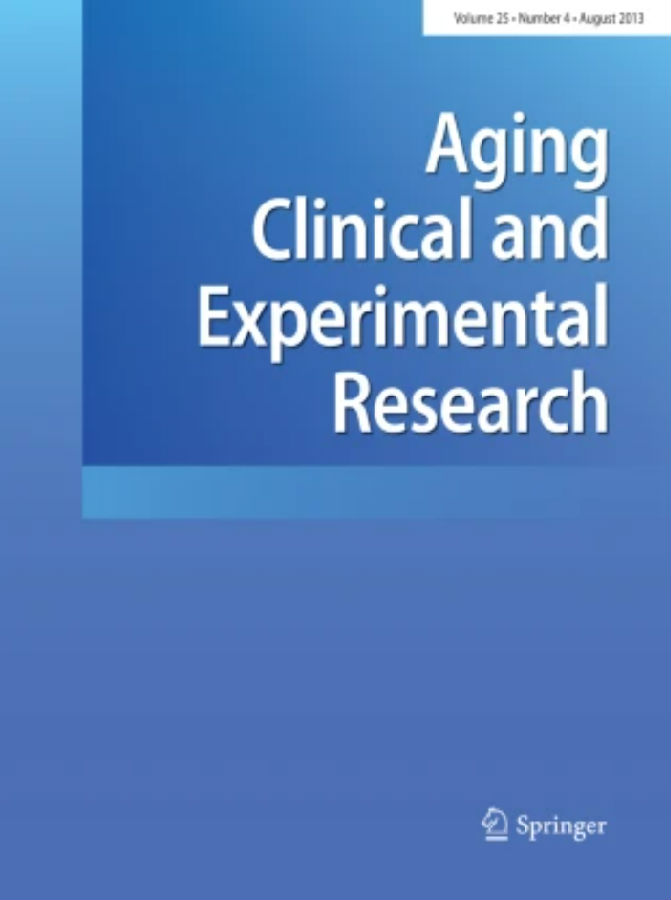发布时间:2025-04-21 浏览次数: 次
Author:
Yulu Zheng, Zheng Guo, Jingzheng Wang, Zhiyuan Wu, Xiaolin Chen, Yahong Zhu,Guangle Shan, Haifeng Hou&Xingang Li
Published: 21 January 2025
Aging Clinical and Experimental Research
Abstract
Background
Inflammation and maladaptive immune mechanisms have been substantiated as integral components in the critical pathological processes of the injury cascade in ischemic stroke (IS). This study aimed to explore the associations between six systemic inflammatory indices and IS in a Chinese population.
Methods
This was a case-control study based on the retrospective review of electronic medical records from two hospitals in Shandong Province, China. Systemic inflammatory indices, including the systemic inflammation response index (SIRI), systemic immune inflammation index (SII), pan-immune-inflammation value (PIV), neutrophil lymphocyte ratio (NLR), platelet lymphocyte ratio (PLR), and lymphocyte monocyte ratio (LMR), were calculated. Logistic regression models and classification analyses were employed to evaluate associations and discriminatory abilities.
Results
In total, 9392 participants aged 40–83 years old were included in the discovery (3620 pairs of IS-present cases and healthy controls) and validation (1076 pairs of IS-present cases and IS-absent controls with IS mimics) datasets.After adjust ing for potential confounding factors, IS was found to be associated with all six systemic indices in the discovery dataset, including SIRI (odd ratio [OR] 8.77, 95% confidence interval [CI] 7.48–10.33), SII (1.03, 1.01–1.04), PIV (1.01, 1.01–1.01), NLR (2.23, 2.08–2.39), PLR (1.01, 1.01–1.01), and LMR (0.77, 0.75–0.78). Notably, only LMR exhibited significant asso ciations with IS in both discovery and validation datasets (0.88, 0.83–0.93), suggesting an independent protective role of this index. SIRI, SII, PIV, NLR, and LMR showed good discriminative ability between IS patients and healthy controls in the discovery dataset (AUCs > 0.70). However, they performed poorly in distinguishing IS patients from IS mimics in the validation dataset (AUCs < 0.60).
Conclusion
This study provides valuable insights into the associations between systemic inflammatory indices and IS, offer ing potential implication.